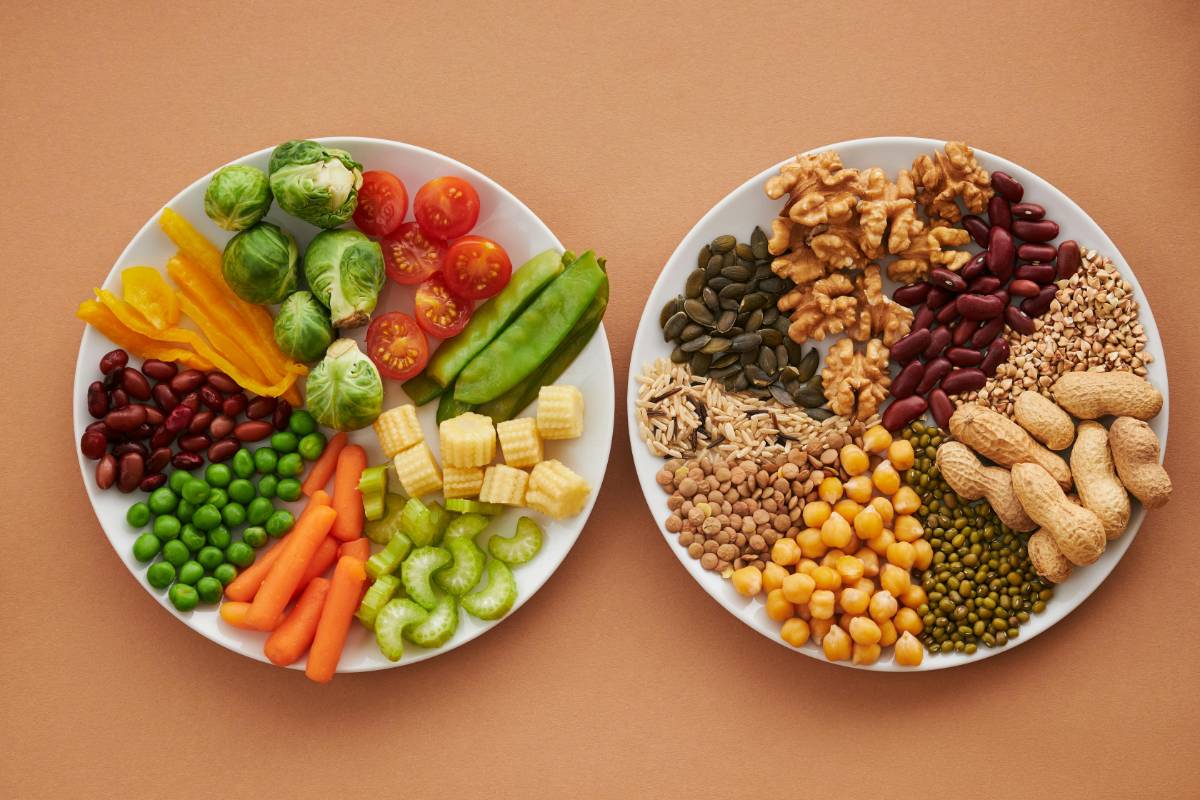How to Read Nutrition Labels for Added Sugars

4 min read
|06 Mar 2025Understanding nutrition labels is crucial for making informed choices about your diet, especially when it comes to added sugars. Added sugars are sugars that are added to foods and beverages during processing or preparation, and they can significantly impact your health. Learning how to read nutrition labels can help you manage your sugar intake and make healthier decisions. Here’s a guide to help you navigate nutrition labels and identify added sugars effectively.
Check the Total Sugars
The first step in understanding a nutrition label is to check the "Total Sugars" section. This number includes both natural sugars (such as those found in fruits and dairy) and added sugars. While natural sugars are part of a balanced diet, it's the added sugars that you should be particularly cautious about. The total sugars are listed in grams, so be sure to compare this amount to the daily recommended limit for added sugars.
Look for Added Sugars Section
In addition to total sugars, many nutrition labels now include a separate "Added Sugars" section. This section provides information specifically about sugars added during manufacturing. The amount of added sugars is also listed in grams and as a percentage of the daily value (DV). The daily value for added sugars is typically based on a 2,000-calorie diet, and the FDA recommends limiting added sugars to no more than 10% of total daily calories. For a 2,000-calorie diet, this translates to about 50 grams of added sugars per day.
Identify Ingredients That Indicate Added Sugars
Nutrition labels provide insight, but examining the ingredient list can give you more information about added sugars. Ingredients are listed in descending order by weight, so if sugars or syrup are listed among the first few ingredients, the product is likely high in added sugars. Common names for added sugars include high-fructose corn syrup, cane sugar, agave nectar, honey, and molasses. Look for these terms to identify products with higher sugar content.
Be Aware of Different Types of Added Sugars
Added sugars come in many forms, and it's important to be aware of different types. Some labels may list various types of sugars separately, such as glucose, fructose, and sucrose. Even though these sugars may be listed separately, they contribute to the total added sugars content. Pay attention to the cumulative amount of sugars and be cautious of products with multiple sources of added sugars.

Compare Products
When shopping, compare nutrition labels across similar products to choose the one with the lowest added sugars content. For example, when selecting between two brands of yogurt, compare their labels to find the option with less added sugar. This practice helps you make healthier choices and manage your sugar intake more effectively.
Consider Portion Sizes
Portion sizes can significantly impact your total intake of added sugars. Be mindful of the serving size listed on the nutrition label and remember that the amount of added sugars can add up if you consume multiple servings. For instance, a product that contains 10 grams of added sugars per serving can contribute significantly to your daily limit if you eat more than one serving.
Educate Yourself on Daily Limits
Understanding the daily recommended limits for added sugars can help you make better choices. The American Heart Association (AHA) recommends that women limit added sugars to no more than 100 calories (about 25 grams) per day, while men should aim for no more than 150 calories (about 37.5 grams) per day. Use these guidelines to gauge whether a product fits within your daily limits.
By carefully reading nutrition labels and paying attention to added sugars, you can make informed choices that support your health. Understanding the difference between total sugars and added sugars, recognizing ingredients that indicate added sugars, and comparing products can help you manage your sugar intake and make healthier dietary decisions. Incorporating these practices into your shopping routine can lead to better overall health and well-being.
MORE ARTICLES

3 min read | 07 Mar 2025
The Basics of a Balanced Diet: What You Need to Know
A balanced diet is essential for maintaining good health and well-being. It provides your body with the necessary nutrients to function properly, supports energy levels, and helps prevent chronic diseases. Understanding the fundamentals of a balanced diet can guide you in making healthier food choices and achieving your nutritional goals. In this article, we’ll break down the key components of a balanced diet and offer practical tips for incorporating them into your daily life.

3 min read | 06 Mar 2025
How to Create a Nighttime Routine for Better Sleep and Skin Health
Establishing a nighttime routine is a powerful way to improve both your sleep quality and skin health. A consistent evening ritual can help signal to your body that it’s time to wind down, leading to better rest and a more rejuvenated complexion. In this article, we’ll explore effective strategies for creating a nighttime routine that promotes restful sleep and supports your skin’s nighttime repair processes.

2 min read | 05 Mar 2025
Understanding the Basics of Oral Hygiene
Maintaining good oral hygiene is essential for overall health and well-being. It not only helps prevent dental issues like cavities and gum disease but also contributes to fresh breath and a confident smile. In this article, we’ll cover the fundamental aspects of oral hygiene, including brushing, flossing, and regular dental visits, to help you keep your mouth healthy and clean.

4 min read | 04 Mar 2025
The Role of Hydration in Personal Care
Hydration is a fundamental aspect of personal care that affects everything from your skin's appearance to your overall health. While drinking water is commonly associated with hydration, the benefits of staying hydrated extend far beyond quenching your thirst. In this article, we’ll explore the crucial role hydration plays in personal care and how you can maintain optimal hydration for better health and well-being.

2 min read | 03 Mar 2025
How to Maintain Healthy Nails: Tips and Tricks
Your nails can say a lot about your overall health, and keeping them in top condition requires some care and attention. Whether you prefer a natural look or love a polished finish, maintaining healthy nails is essential for both aesthetics and hygiene. In this article, we’ll explore some effective tips and tricks to help you keep your nails strong, smooth, and healthy.

4 min read | 02 Mar 2025
Choosing the Right Sunscreen for Your Skin Type
Sunscreen is a crucial part of any skincare routine, offering protection against the harmful effects of the sun's UV rays. However, not all sunscreens are created equal, and choosing the right one for your skin type is essential for effective protection and overall skin health. In this article, we’ll guide you through the process of selecting the best sunscreen for your specific skin type.
RECENT POSTS
1
Using Stability Balls for Core Training
5 min read | 11 Mar 20252
Effective Core Workouts for Improved Posture
4 min read | 10 Mar 20253
How to Create a Core Training Routine
5 min read | 09 Mar 20254
Best Core Exercises for Beginners
4 min read | 08 Mar 20255
The Importance of Core Strength in Fitness
5 min read | 07 Mar 20256
Common Functional Training Exercises and Their Benefits
3 min read | 06 Mar 2025MORE POSTS

How to Design a Workout Routine That Aligns with Your Dietary Goals
3 min read | 10 Apr 2025
Healthy Eating Tips for Enhancing Your Workout Recovery
3 min read | 09 Apr 2025
Essential Personal Care Products for Athletes and Fitness Enthusiasts
3 min read | 08 Apr 2025
How Personal Care Routines Can Impact Your Weight Loss Journey
3 min read | 07 Apr 2025
Effective Strategies for Weight Loss Through Diet and Exercise
2 min read | 15 Apr 2025


